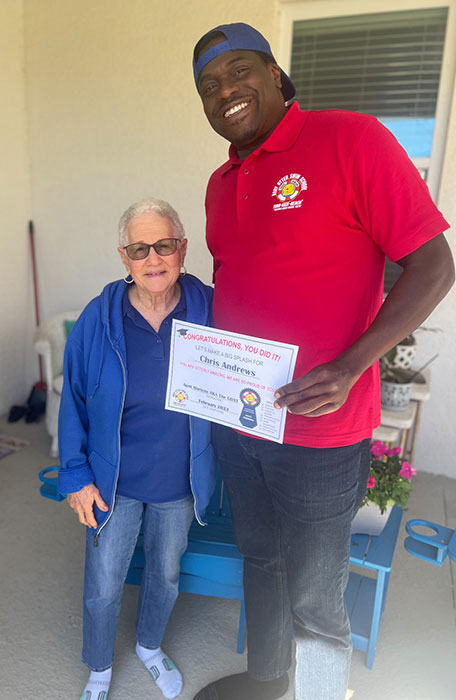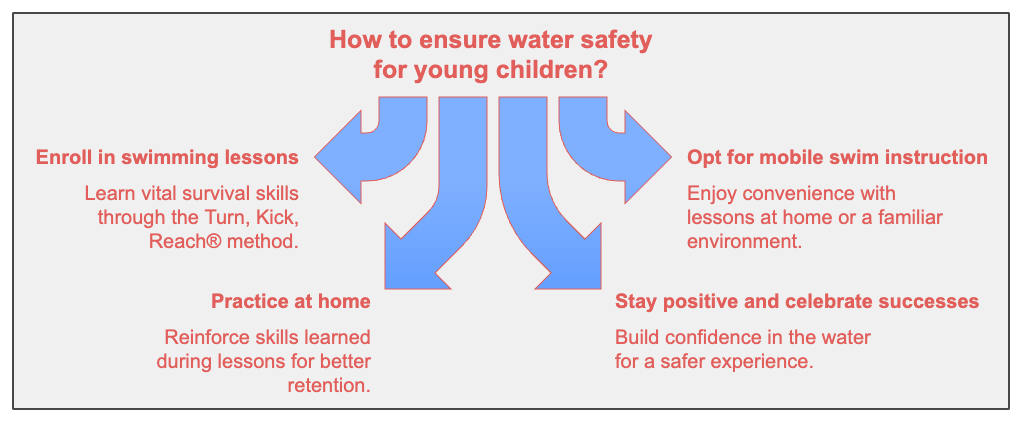How Baby Otter Swim School Offers Comprehensive Swimming Education And Learning for Family Members
How Baby Otter Swim School Offers Comprehensive Swimming Education And Learning for Family Members
Blog Article
Whatever You Need to Find Out About Swimming Lesson for Beginners: A Comprehensive Overview
Comprehending the basics of swimming lessons for newbies is crucial for fostering both safety and skill development in the water. The course to ending up being a confident swimmer is commonly fraught with challenges, including the common fear of water.
Significance of Water Safety
Water safety is extremely important for any individual venturing right into aquatic settings, specifically novices. Understanding the prospective risks connected with water activities is important to guarantee a delightful and safe experience. Statistics suggest that sinking remains a leading reason for unintended fatality, highlighting the need for increased awareness and preventive measures.
The initial step in water security entails identifying the relevance of guidance. Adults must constantly maintain a close eye on kids and inexperienced swimmers, as even superficial water can present substantial risks. In addition, putting on appropriate flotation protection gadgets, such as life vest, is important, specifically for those who are not yet confident in their swimming capabilities.
An additional essential aspect is acquainting oneself with the specific environment. Each body of water has one-of-a-kind attributes, including currents, trends, and temperature level, which can influence safety. Swimmers need to likewise know weather condition conditions and possible dangers, such as submerged objects or abrupt changes detailed.
Discovering the Right Instructor
Selecting a qualified instructor is a crucial step in guaranteeing a effective and safe understanding experience for newbies. When looking for an instructor, consider their accreditations and experience. Search for people that are accredited in mouth-to-mouth resuscitation and Emergency Treatment, as well as those who hold identified swimming teaching qualifications, such as those from the American Red Cross or YMCA.

Additionally, evaluate the instructor's interaction skills. They must have the ability to share instructions plainly and demonstrate techniques properly. A connection in between the student and the teacher can boost inspiration and cultivate a positive understanding ambience.
Finally, take into consideration logistics such as course location, dimension, and organizing. Smaller sized class sizes commonly permit for more customized focus, which can be advantageous for newbies. By thoroughly evaluating these aspects, you can discover an instructor that will contribute to an effective swimming experience.
Necessary Swimming Techniques
Mastering crucial swimming techniques is important for novices aiming to construct self-confidence and efficiency in the water. The foundation of reliable swimming depends on grasping the standard skills that boost both security and pleasure during practice.
One of the very first techniques to concentrate on is proper breathing. Beginners must find out to exhale underwater and inhale promptly when transforming their heads to the side, guaranteeing a constant rhythm that supports endurance. In addition, body placing plays a vital role; swimmers need to keep a structured position, keeping the body horizontal and flat to decrease drag.

Last but not least, recognizing the significance of buoyancy can not be ignored. Grasping drifting techniques will improve comfort and stability in the water. By focusing on these important techniques, novices can establish a strong swimming structure, establishing them up for higher success in future lessons and advanced abilities.
Various Swimming Styles
Many swimming styles exist, each offering unique methods and advantages that accommodate different preferences and goals. The four main strokes-- freestyle, backstroke, breaststroke, and butterfly-- form the structure of competitive swimming and recreational techniques.
Freestyle, additionally recognized as the front crawl, is identified by a flutter kick and alternating arm movements, permitting for maximum speed and performance. It is frequently the most prominent selection for newbies due to its uncomplicated technique and versatility in various water setups.
Backstroke, done on the back, uses a similar flutter kick however uses a windmill arm activity. This stroke boosts body positioning and advertises leisure in the water, making it an excellent alternative for those that might feel nervous while swimming.
Breaststroke features a frog-like kick and simultaneous arm motions, promoting a slower pace that permits enhanced breathing control. This stroke is specifically beneficial for beginners as it motivates an all-natural rhythm.
Lastly, the butterfly stroke, recognized for its challenging strategy, integrates a dolphin kick and simultaneous arm movements. While more sophisticated, understanding it can substantially boost overall swimming proficiency. Welcoming these varied styles can lead to an all-round swimming experience.
Conquering Common Obstacles
Although swimming can be a satisfying task, newbies often encounter different difficulties that might prevent their development and satisfaction in the water. One of one of the most typical obstacles is concern, specifically worry of the water or of submersion. To overcome this, progressive direct exposure is necessary. Start by acclimating to the water in shallow areas, and practice breathing strategies beyond the water to construct self-confidence.
One more challenge is understanding standard techniques, such as drifting and stroke auto mechanics. Novices need to concentrate on proper body positioning and breathing patterns. Making use of flotation devices can aid in creating a feeling of equilibrium while practicing stroke fundamentals.

Finally, finding an encouraging atmosphere, whether via group lessons or individually training, Home Page can significantly improve discovering. Useful feedback and motivation are important for fostering and getting rid of challenges renovation. By resolving these typical issues head-on, newbies can cultivate a positive swimming experience and progress at a comfortable company website rate.
Verdict
In recap, swimming lessons for newbies incorporate critical components such as safety, reliable instruction, and proficiency of essential techniques. Emphasis on core abilities, including breathing and body positioning, aids in developing self-confidence in the water.
Recognizing the principles of swimming lessons for beginners is necessary for promoting both safety and skill growth in the water.Water safety is critical for any individual venturing right into water environments, particularly beginners. Arm movements must likewise be collaborated with the kick; novices should learn the significance of reaching onward and drawing with the water efficiently.
Although swimming can be a gratifying task, beginners usually come across numerous challenges that may prevent their development and enjoyment in the water. Start by accommodating to the water in superficial locations, and practice breathing methods outside of the water to develop self-confidence.
Report this page